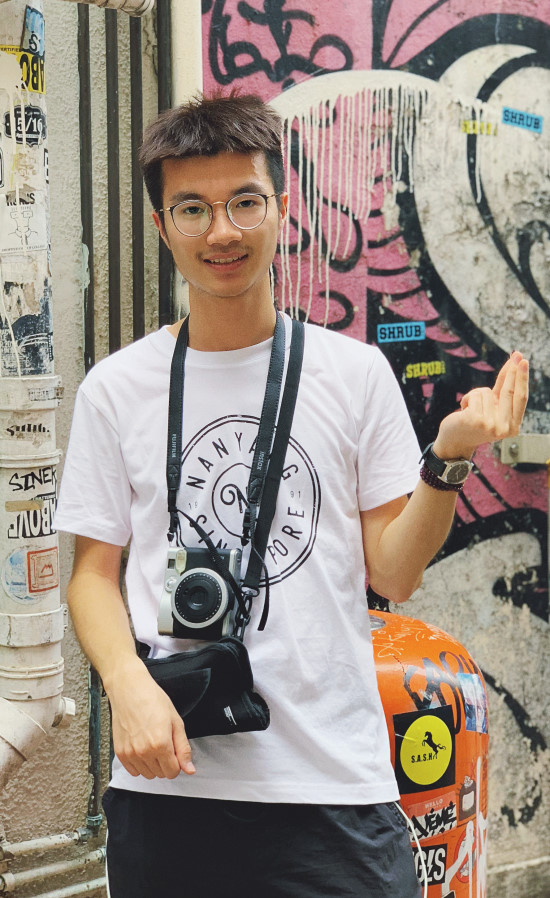search the site
Shifting Female Identity in Paris: Manet’s Altered “Barmaid” in Folies-Bergère as an Allegory (1880s)
 Photo from Unsplash
Photo from Unsplash
Shifting Female Identity in Paris: Manet’s Altered “Barmaid” in Folies-Bergère as an Allegory (1880s)
LI Ruowei, The Hong Kong Polytechnic University
Abstract
The identity of the barmaid Suzon in Manet’s painting Un Bar aux Folies-Bergère has been the subject of much academic debate. This essay explores Manet’s provoking creation through a multi-layered analysis.
PROFILE PICTURE

BIO
LI Ruowei is a sophomore who hails from Henan province, China. He majors in Computing at PolyU, and has studied business at NTU in Singapore. Tristan has a humanistic background and enjoys reading classical literature, art and history analysis, as well as photography and translation. He endeavors to be practical and prudent as a programmer, romantic and quixotic as a man.
REFLECTION
It has been a fantastic journey to gather literature and compose this essay, as well as polish it under the guidance of my editor. The abstractness and subjectivity inherent in art makes the rebuttal or criticism of established interpretations unlikely. So when given this assignment in SD-1C03 Art and the Human Body and asked to develop my own views, it was quite a challenge for me as a freshman. It trained me a lot as a dilettante writer.
The first question which drove me to dive deeper in the subject was the idea of stereotyping. Some critics stereotype Suzon, the heroine of Manet’s painting, as a prostitute, a scathing labelling; some adopt strict patriarchal and heterosexual biases to condemn nonconformity these days. Virgin, whore; humanity, science; heterosexual, homosexual – everything can be vastly and vacantly bipolarized with no middle grounds. Consequently, details and individuality are supplanted. I hope this essay can prompt our thinking: By what do we recall or remember a person we encounter?














